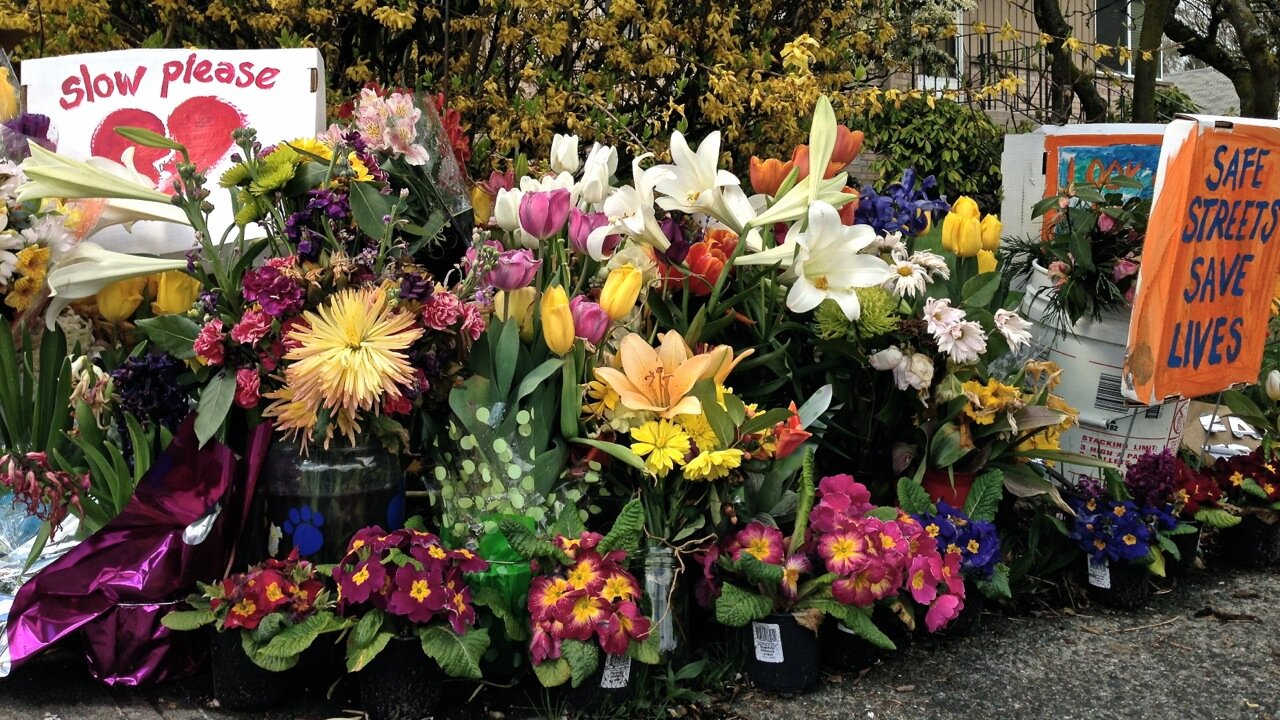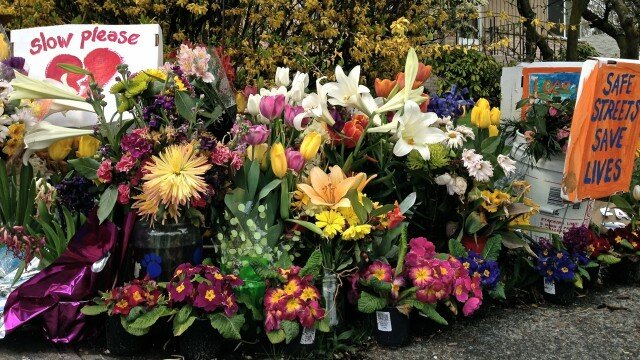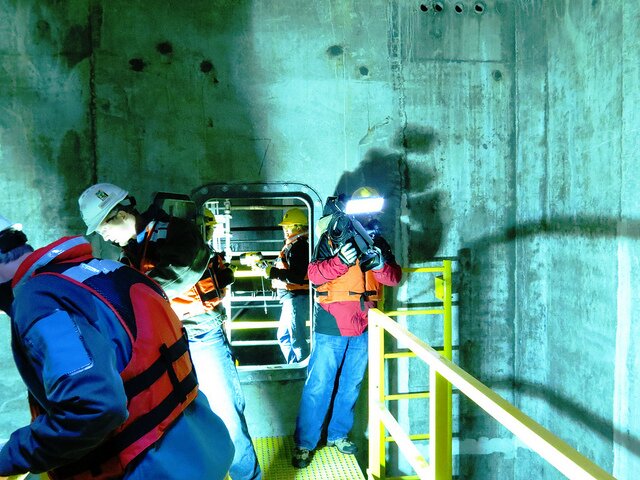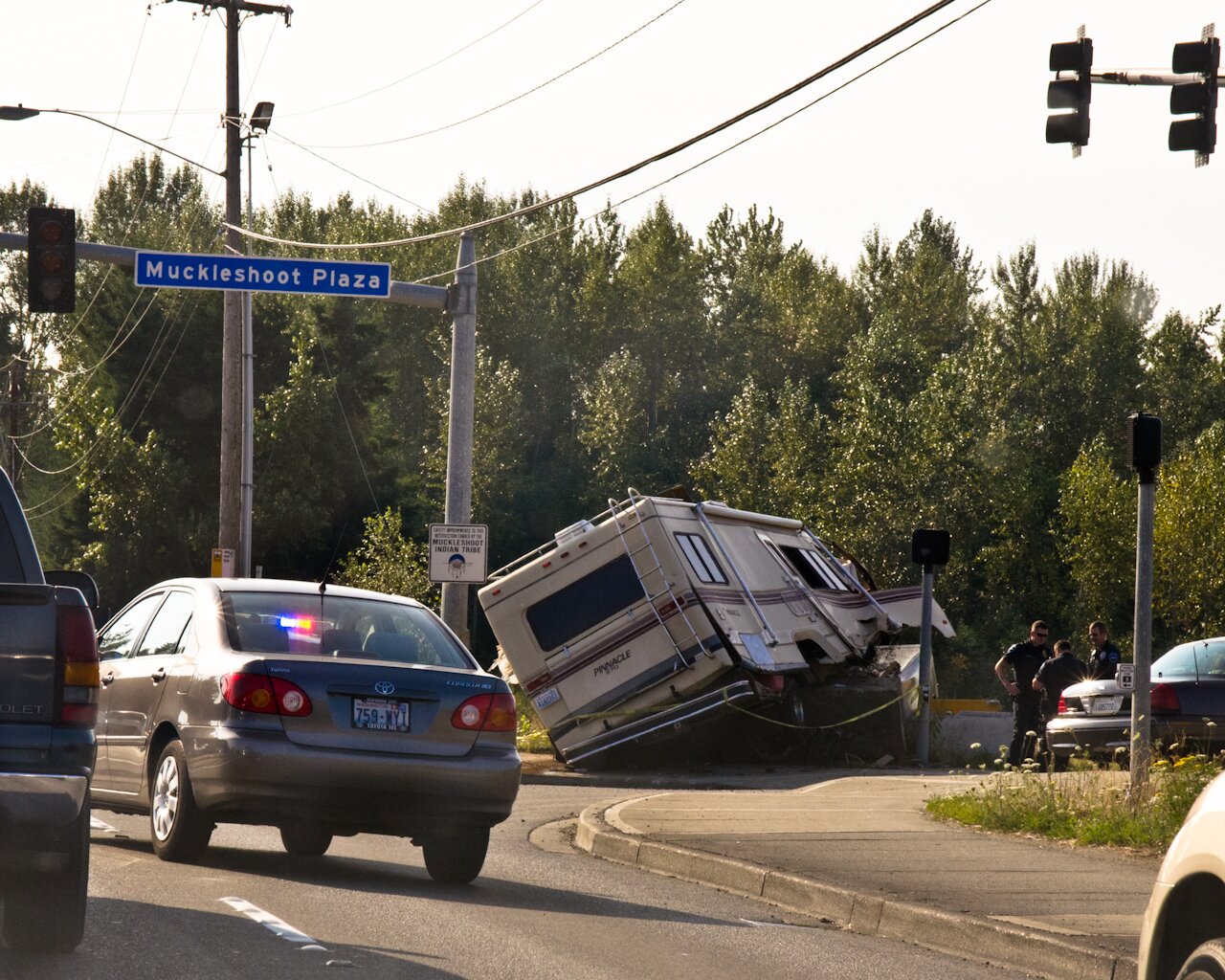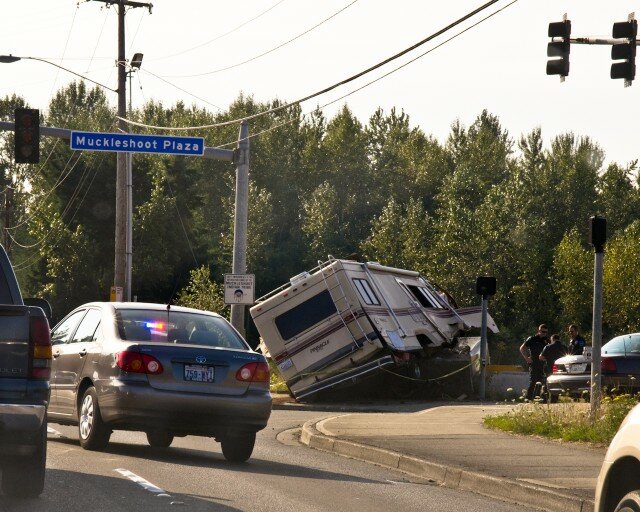The Washington Department of Transportation reminds you that they’re closing the 520 bridge for construction this weekend, July 12th to 15th, from 11 p.m. Friday until 5 a.m. Monday. In conjunction with that I-405 northbound through Bellevue will be closed as well, starting at 10 p.m. tonight.
This weekend’s 520 closure is for a scheduled inspection, and for maintenance and repair, from Montlake to I-405. I-405’s closure, from Southeast Eighth Street to SR 520 (and the eastbound and westbound I-90 ramps to northbound I-405), will allow WSDOT crews to replace concrete panels in the two left lanes between Southeast Eighth and Main Streets. Your alternate routes are I-5, I-90, and a kayak.
That means Eastsiders who want to catch the Ms playing the Angels tonight at SAFECO at 7:10 p.m. had better plan to use I-90 on the way home, or hope the game doesn’t go into extra innings.
Saturday morning, before any of you are up, about 10,000 cyclists will be pedaling out of Seattle on their way to Portland for STP. They leave in waves between 4:45 and 7:30 a.m., taking off from a UW parking lot and biking down Montlake to Pacific, crossing the University Bridge, and then taking Furhman to Boyer to Lake Washington Boulevard. Less pedaling gets you to Sub Pop’s Silver Jubilee in Georgetown, all day, from 10 a.m. to 11 p.m.
Denny Way will be closed between Fourth and Fifth Avenue so that a crane can be put up. 12th Avenue between Pike and Pine will be closed from 1 to 4 p.m. for the Seattle Police East Precinct Picnic. From 3 to 8 p.m., East Madison between 27th Avenue E and 30th Avenue E will be closed for the Bastille Bash.
Both Saturday and Sunday all sorts of streets will be closed in the International District for Dragon Fest.
